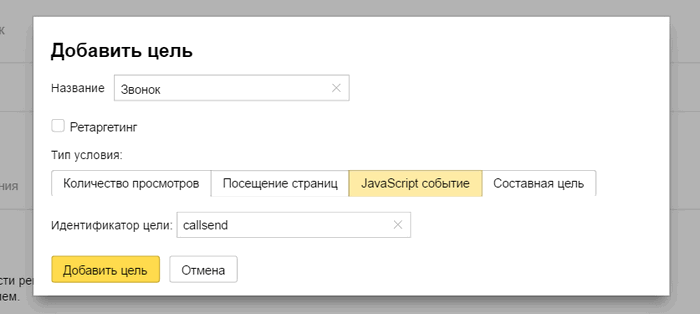
Analysis of the current work of the site is the key to the successful development of Internet business. This applies to any process, from attracting visitors to building sales. The analysis of the site conversion rate, which reflects the effectiveness of the Internet project, deserves special attention. In our article, we will reveal in detail the concept of conversion and find out how to correctly calculate this indicator.
Let's start with the definition of conversion. Conversion is an indicator that reflects the ratio of the number of site visitors who completed the target action to the total number of visitors. This indicator reflects how useful the site is for visitors and what percentage of users perform the target action. Target action can be:
Naturally, the higher the conversion, the better for the site owner, let's figure out how to determine the percentage of conversion.


There is a simple formula for determining website conversion: Conversion rate (%) = Number of targeted actions completed / total number of visitors * 100%. Also, determining the level of site conversion is carried out using various web analytics tools, which we will discuss later. What results should be measured when calculating the conversion?
Conversion rate control is carried out using two universal services:
They allow you to analyze conversion rates without preliminary calculations. All information is provided in a convenient format.
To track statistical information on your resource, you must first install a special visitor counter. Thanks to him, the service will receive the necessary information for data analysis. Next, you need to set up goals for conducting data analytics on user behavior. To do this, you should determine the main target action for your resource.
So, for an online store, this is, most often, making an order, for a service website - ordering a call, etc. For each goal you set, you can track conversions. This allows you to track what user actions lead to the achievement of a particular goal. Google suggests using both ready-made templates, which are often used for analytics, and creating your own goal for this. Template goals are developed by Google based on the specifics of business areas. Therefore, your Google account must indicate the type of your industry. Here are some examples of goal templates:
For your convenience, Google Analytics offers customization of conversion analytics reports based on your goals. There are a number of separate reports for e-commerce representatives.

Yandex Metrica works on the same principle as Google Analytics, first you also need to install a counter and determine the type of goal you would like to track. This service offers 3 types of goals for analysis:
If a visitor performs the actions specified in the metric when going to the site, then such actions will be considered targeted. I would like to note that there are several types of goal complexity:

Simple - are goals that require only one step to achieve. Compounds, in turn, are two or more user steps. Composite goals for conversion analysis are valuable because they thanks to them, it is possible to trace the user's path in more detail and at what stage there are obstacles to performing the target action. Information collected using the service is provided in reports. To properly set goals, you can use the services of our specialists who will develop a campaign for promotion of your site.
There is no single answer to this question. It is generally accepted that a normal conversion is 2-3%, in fact, these figures are too approximate and do not reflect the effectiveness at all. For each specific business, this indicator can be completely different, because each company has its own characteristics. The size of the company, its location, the type of goods or services provided to the client, the seasonality of sales, and a number of other important factors are important. A good website conversion rate for your business can definitely be called the one that pays for the cost of attracting traffic to the site, maintaining the site, as well as operating expenses. Therefore, SEO promotion specialists most often derive the optimal indicator individually for your business and try to increase it in various ways.
Check out our case “Increasing the number of online store conversions” the methodology for increasing conversion for an online pet store is reflected in detail. What exactly affects the conversion rate and what methods should be used to increase it, we will consider further.

The conversion rate is an indicator that reflects the loyalty of resource users. Why is this rate decreasing? Our experts have covered this in more detail in the article.: “10 reasons why the conversion rate has dropped on the site?”. A number of factors affect the conversion rate of a site, below we will present the most common of them.
External factors of influence are formed before the user interacts with the site. They can be divided into two groups:

Internal factors have a very large influence on the conversion. It depends on them whether the user performs the target action or not. Therefore, it is extremely important to pay special attention to them.

The conversion very accurately reflects the possible problems and malfunctions of the site. It is extremely important to analyze this indicator for the effective operation of the site and increase profits.
Author: Manko Karina, Content Marketing Specialist
Read also:
Leave your contacts and we will contact you shortly
What do you wish to find?
Your application has been accepted.
We will contact you soon!